Colors, materials and the overall aesthetics often take the spot-light, while functionality takes a back seat. But storage, organization and tech-enabled appliances are as much the heart of kitchens today as cabinets and hardware.
As the overall look for kitchens becomes more cohesive, functionality might be even more important, as maintaining a sleek aesthetic requires a subtle integration of storage and dedicated zones for everything from baking to beverages. Equally transformative is a growing array of tech enhancements that promise real value for consumers. All of which ensure the most beautiful kitchen also will be up to the tasks required of the hardest-working room in the home.
“Regardless of the size of the kitchen, the main design challenge is to balance space given to appliances, storage and work surfaces,” says Mary Jo Peterson, an award-winning author, educator and designer and president of Mary Jo Peter-son Inc.
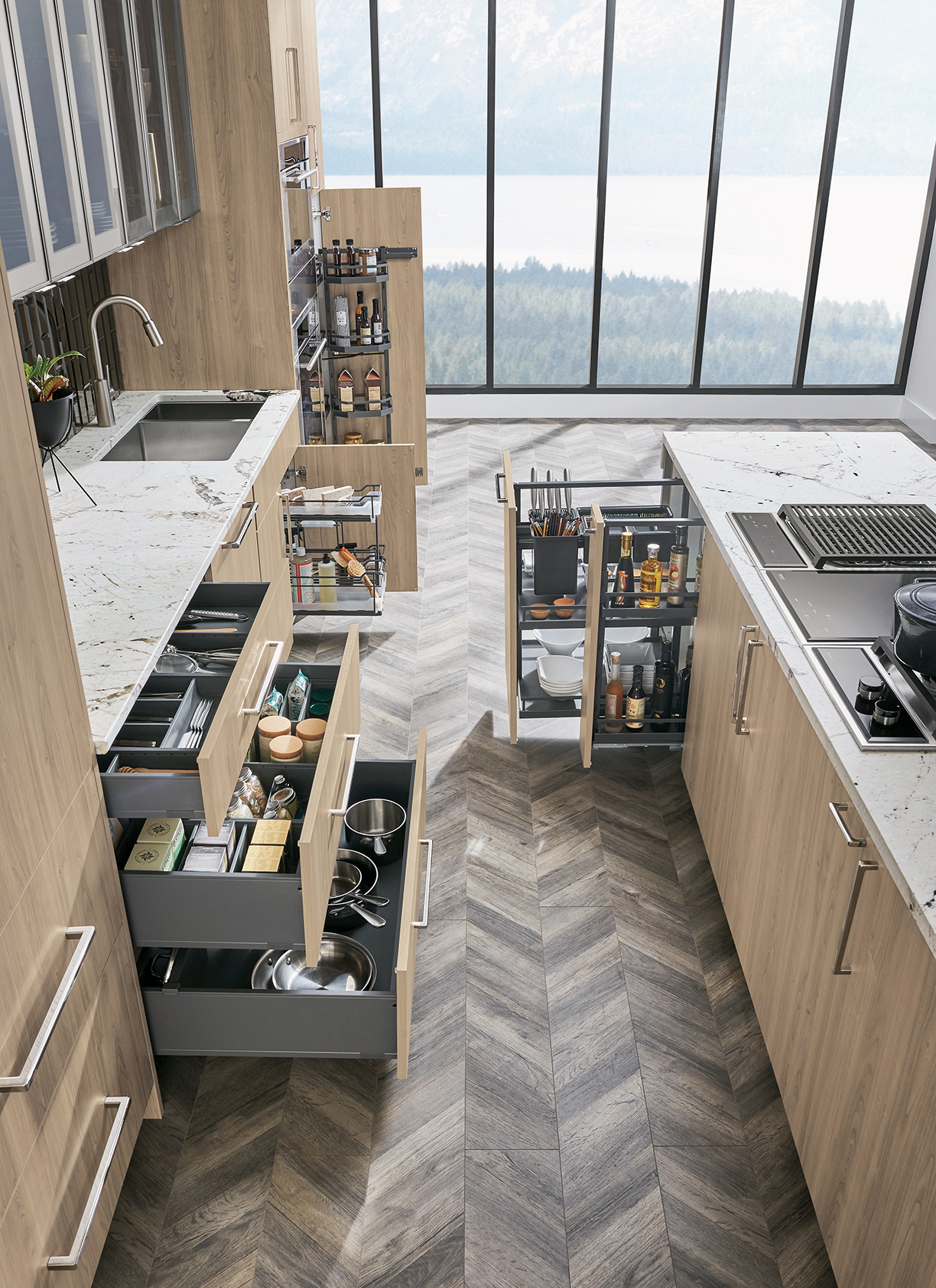
More windows and fewer walls moved storage to base cabinets. Interior storage solutions tailor a kitchen for an individual’s lifestyle and preferences. Photo courtesy of Masterbrand Cabinets.
“It’s a functional area and how your work in the kitchen is an important consideration,” says Stephanie Pierce, director of design and trends at MasterBrand Cabinets. Especially with high-end clients, she says, designers’ conversations have evolved to be more about lifestyle than appearance and style preferences. This all ties into the shift toward personalization of both aesthetics and function in homes.
In the last 10 years, she says, the industry as a whole has tripled the storage solutions offered to consumers. Additionally, there is a much greater focus on customization and adaptation for specific uses, which enables consumers to create the amount and the type of storage uniquely geared toward their use of the kitchen and their lifestyle. As an example, Pierce points to a cabinet designed specifically for dry goods. “That’s not something we would have seen five or six years ago. We would have tried to do something that was much more versatile and generic that could work with anyone’s objective.”
Amping up the need for enhanced storage and organization is an ongoing change in kitchen design. Several years ago, Pierce says, they identified an emerging trend of adding add light to kitchens with more windows and fewer walls. The end result? Storage moved to base cabinetry and, more recently, to floor to ceiling cabinets. Pull-out drawers offer the most versatility, according to Pierce, and recent research shows 79 percent of designers identified wide drawers as the top kitchen feature.
Kitchens have not only become a main place to entertain, but also a hub for a range of activities from charging devices to home-work to functioning as a home office. This is not a new trend, but Annelle Gandelman of A-List Interiors says, “lately, more peo-ple have been asking for dedicated spaces within the kitchen that cater to guests specifically. We get a lot of requests for coffee bars, butler’s pantries, and even breakfast bars filled with specialty appliances integrated into the cabinetry.”
Phil Kean sees a bar for liquor and wine gaining interest among consumers, which also moves some entertaining into areas adjacent to the kitchen. The New American Home 2019, a concept house designed and built for the home builders’ annual trade show, featured a large bar situated between the kitchen and great room that functioned both inside and outside the home. This year, Thermador introduced a dishwasher just for glasses. Kean says it’s interesting to see an appliance with such a specific function. “I think we’re going to see that more often. People might want to have a second dish-washer in their bar.”
Other specialty appliances requested for bars and beverage centers include refrigeration drawers, ice makers, instant hot faucets, drawer microwaves, convection ovens and wine refrigerators, according to Gendelman. Interestingly, one appliance that’s become a “must have” for upscale kitchens is a built-in coffee and espresso maker. Introduced at the kitchen and bath show (KBIS) this year was a faucet that delivers filtered boiling water as well as sparkling water and normal filtered water.
For high-end kitchens, the big story currently revolves around butler’s pantries and second kitchens. “We find that even people who don’t cook will invest heavily in their kitchens because it’s not just about function and food prep but also where people spend most of their time. As a result, the messier, uglier parts of a working kitchen are being moved into pantries and smaller back kitchens. These spaces are where the toaster ovens, slow cookers and ugly appliances are being hidden,” says Gendelman.
Pierce agrees. “We’re seeing fewer countertop appliances being visible,” she says. Another emerging addition to the kitchen is something Pierce calls the “walk-through pantry,” which essentially looks like a traditional cabinet door to a pantry. But open the door, and it takes you to an entire secondary kitchen that she says can be “massive.” Often it will have a sink and a second refrigerator. “It’s basically a prep kitchen that is also designed toward food storage.”
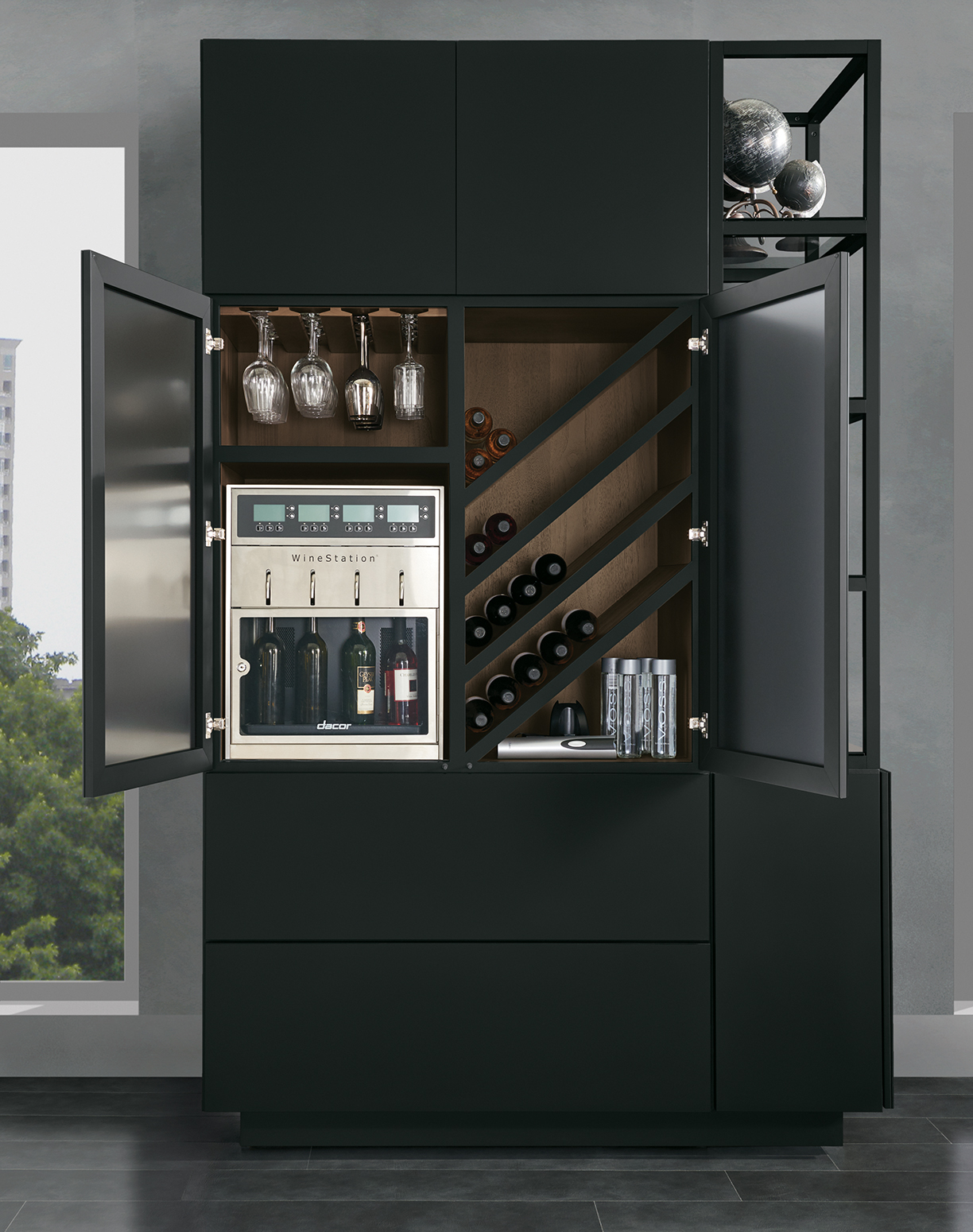
Dedicated spaces for entertaining, such as this wine cabinet, please both hosts and guests, easing congestion in the main kitchen. Photo courtesy of Masterbrand Cabinets.
“Convenience is luxury,” observes Gendelman. Motorization is a convenience, particularly in contemporary kitchens, where cabinet doors, even some appliances, open in response to a slight push. Additionally, manufacturers have introduced a range of ways to open cabinets, including doors that tilt upwards, allowing users to leave cabinets open without interfering with traffic patterns.
Consumers also see the value of technology as a way to create convenience. In research from the National Kitchen and Bath Association, 72 percent of consumers believe technology “adds market value to my home.” “Saves me time and steps” was perceived as a main benefit of kitchen technology by 70 percent of those surveyed. A majority also said kitchen tech is important because “it makes my life easier.”
In this research, consumers outpaced designers in their enthusiasm for and understanding of technology. There was strong approval and interest in smart appliances and tech solutions that enable consumers to control various aspects of the home from the kitchen, as well as solutions that make meal ideas/preparation easier and more enjoyable. Very appealing tech features for a large majority of consumers include appliances/faucets that send remote failure/leak alerts; cooking appliances that sense over-cooking or being left on; hands-free faucets with Wi-Fi interconnectivity; appliances that can be activated remotely; and sensors that can monitor/communicate food inventories in your cabinets.
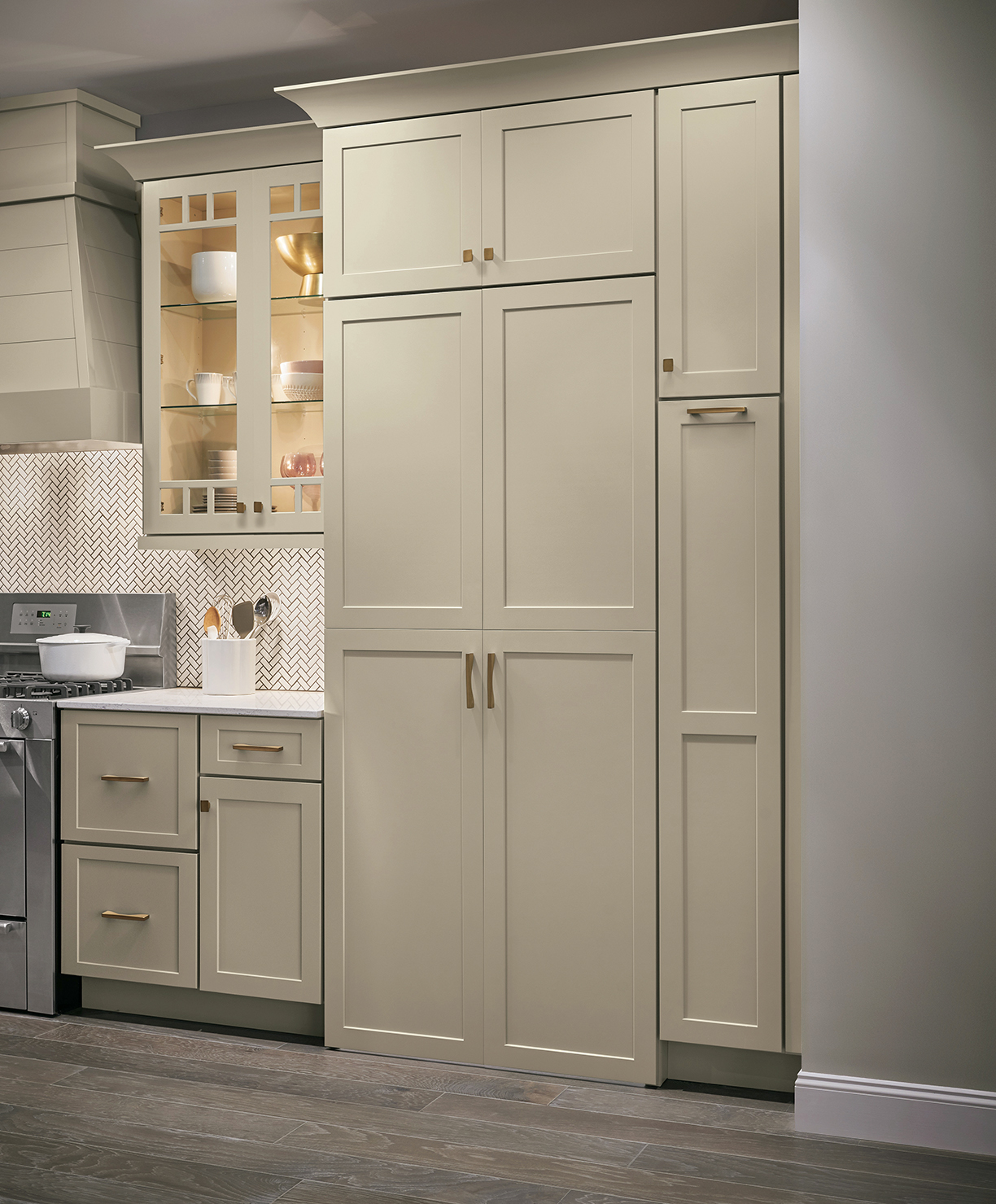
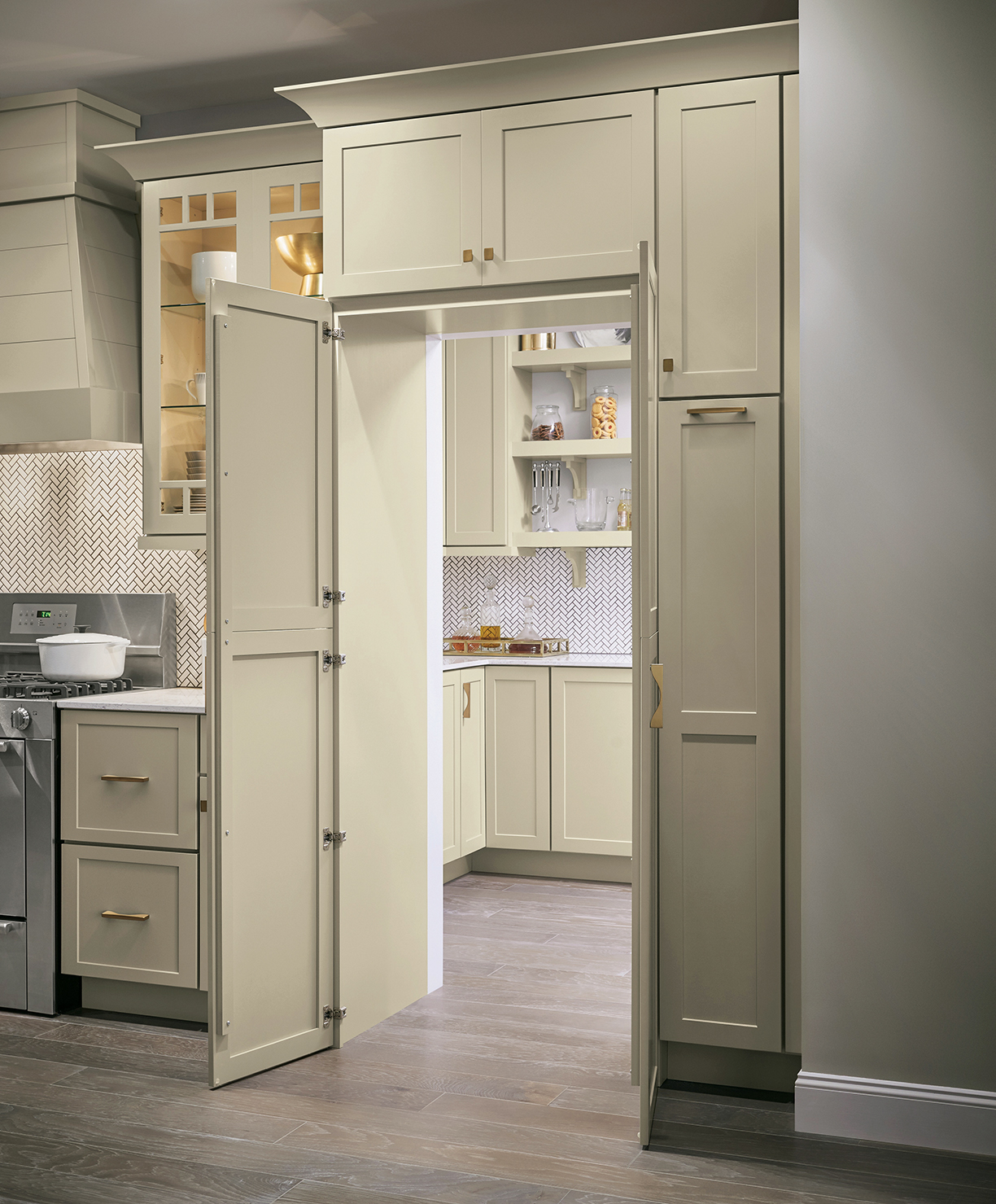
Now you see it, now you don’t. It’s the messy kitchen. Cabinet doors open to a second space for prep, storage and even cooking. Photos courtesy of Masterbrand Cabinets.
For consumers, the timing might be right. Smart-home technology has changed in only a few years, moving from a nice-but-quirky gadget to something worthwhile. “Smart is the new green” was the consensus of a trio of kitchen design exerts speaking at KBIS.
Ryan Herd is a tech veteran, NKBA industry insider and author of Join the Smart Home Revolution. He sees technology finally turning the corner, moving from a nice-to-have gadget to something offering real value to consumers. “Things are knitted together better” is his take on the cur-rent state of technology for the home and also for kitchens. Knitting together refers to ways different applications, devices and even appliances work together to produce outcomes consumers find beneficial. Some, such as the number of cooking apps integrated into appliances (highlighted at KIBS this year), are already in the marketplace. Others are on the cusp of being introduced. Appliance manufacturer Miele introduced Con@ctivity 2.0, which connects an induction cooktop with a ventilation hood. When the cooktop is turned on, the information is transmitted to the hood, which turns on. It continues to run for a few minutes after cooking is completed and then automatically turns off.
Bosch, along with Thermador and Gaggenau, introduced a line-up of voice assistants, all part of their smart, open-platform Home Connect. “All within one app, Home Connect empowers consumers to personalize the way they interact with appliances through any number of our partners and services, such as waking up to a fresh cup of coffee each day when the alarm goes off, setting the lights to flash when the washing machine cycle is finished, or selecting a recipe that will communicate with the oven to ensure it’s utilizing the right program and temperature for optimal results,” said Patrick Palacio, director of innovations for Home Connect. Partners includer Kitchen Stories, Drop and Innit. Chefling is the first AI powered kitchen assistant that provides pantry management, online shopping and recipe instruction.
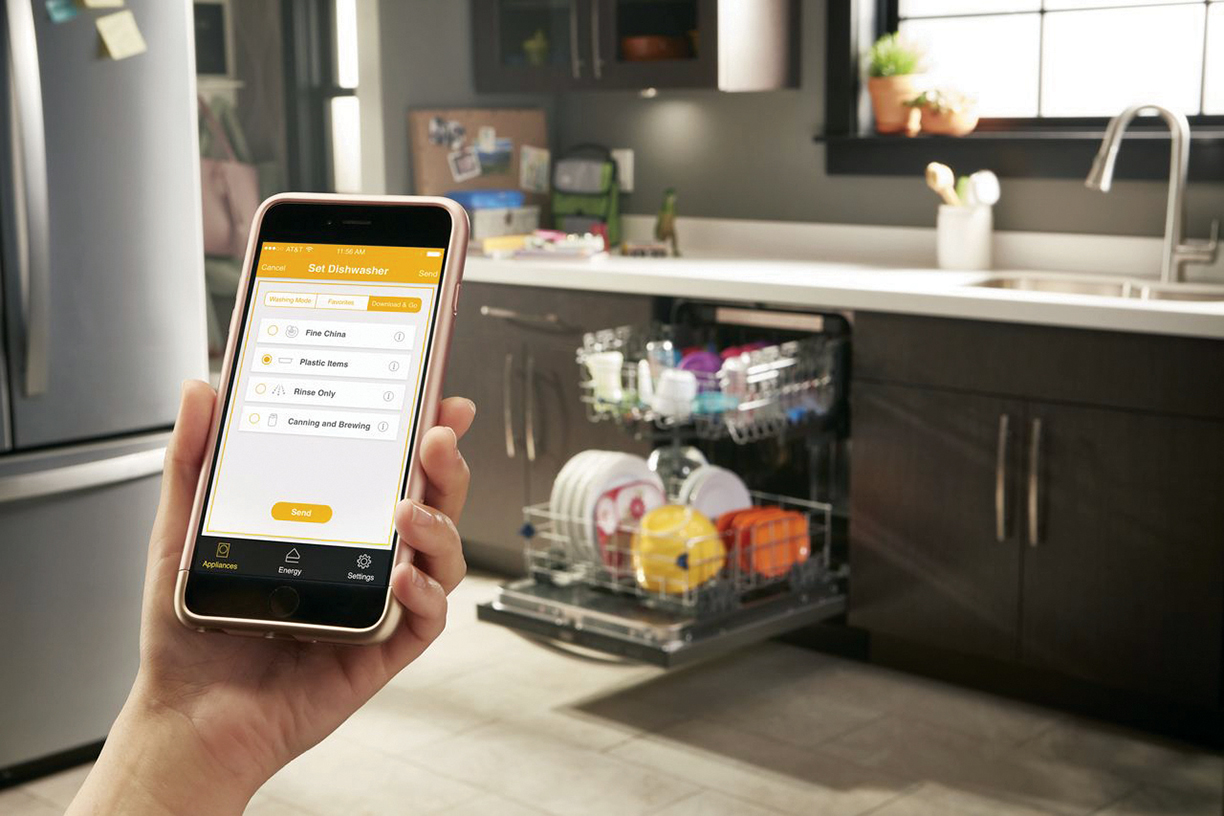
Photo courtesy of Whirlpool.
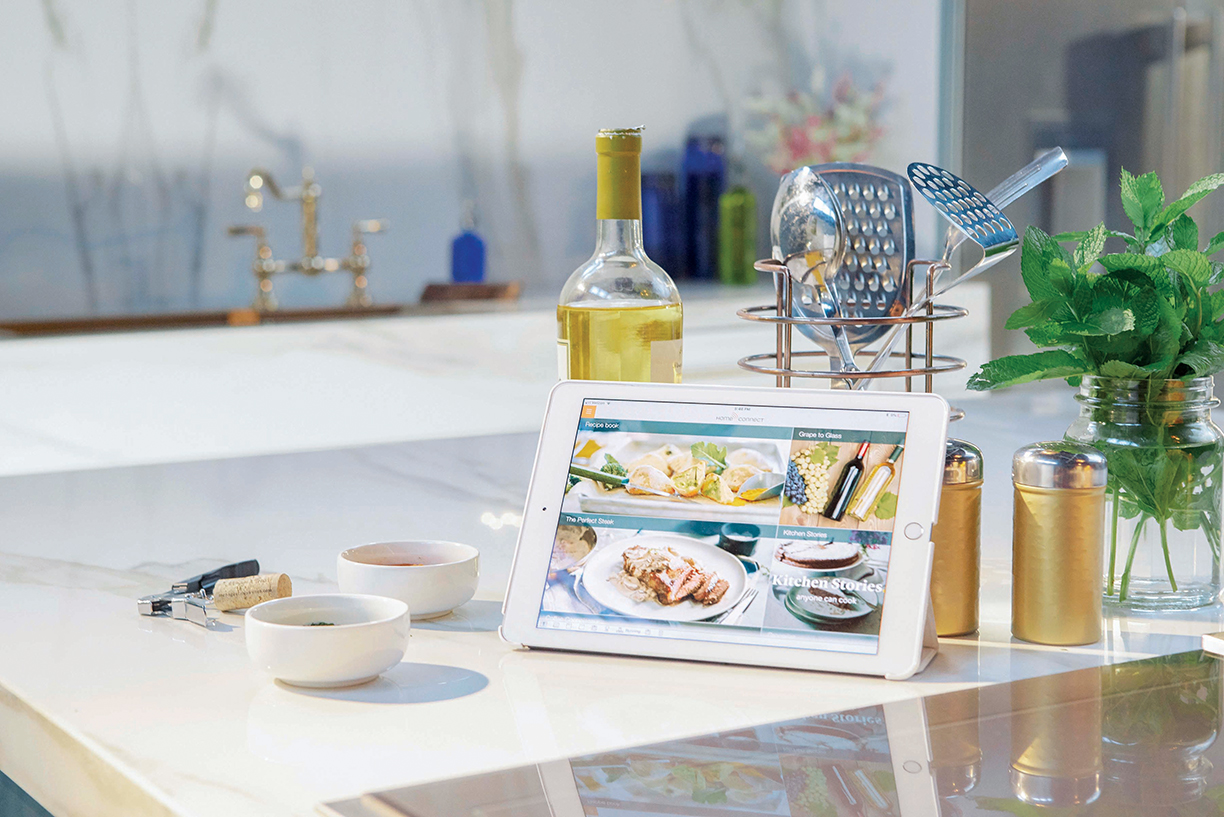
Photo courtesy fo Thermador.
Whirlpool won innovation awards at CES this year, including an innovation award in the Smart Home category for Kitchen Aid’s Smart Oven+, which includes grilling, baking and steaming within one appliance. The KitchenAid App gives status updates, and through the Yummly app users can send cooking instructions directly to the appliance. Voice control via Alexa or Google Home is another innovation.
Designers and manufacturers are look-ing for ways to remove the tangle of cords when multiple devices are being charged. Look for more ways to plug-in, with sockets and charging areas that pop up from countertops or can be installed in drawers. And also to not plug-in, using materials that charge wirelessly, such as a countertop material recently introduced by Corian.
Connectivity also means a manufacturer can detect a problem with an appliance, sometimes even before the consumer does. Herd uses the example of a wine refrigerator that has all the functions one would expect but also includes an app to scan the bottles and maintain an inventory. It has social aspects to facilitate collaboration with friends. The app also enables the manufacturer to monitor the compressor and other mechanical elements and alert consumers (along with scheduling service) if there is a problem, which Herd says is particularly valuable if you are storing $100 bottles of wine.
Winning a top award from NKBA was Flo by Moen, which detects and stops leaks from toilets, showers and faucets, to the pipes in the foundation and behind the walls. Not only does the device alert consumers to leaks, but it can then also turn off the water remotely.
In the not-too-distant future, a smart refrigerator will not only allow you to remotely see what’s inside, it will also keep an inventory that is updated every time something is added or removed. Eventually, cabinets will have a similar capability. “That’s where you get the stitching together,” says Herd. In the next step, the entire kitchen knows everything. Apps will not only keep track of what’s on hand, but they will also make meal suggestions and possibly tailor those suggestions to any specific preferences or even the allergies of guests.
Kitchens and appliances are long-term investments, and some might be reluctant to invest in technology. However, for upscale consumers it’s easy to envision a time when the convenience afforded by technology will far outweigh the cost.
Many contemporary luxury watches are inspired by the sleek aesthetics and seductive instrumentation of the automobile and aerospace industries, resulting in endorsement deals with Formula One drivers and marketing campaigns featuring test pilots. Some of the high-tech materials that make sports cars and fighter jets lightweight and aerodynamic are now incorporated into watches.
For many consumer products, there is a correlation between weight and value, a concept manufacturers have, sometimes misleadingly, reinforced. Watchmakers, whose sleek, svelte products have evolved into large, chunky ornaments per current style, have been forced to explore the use of lighter materials. Now the ethereal is being equated with value, and the race to lightness has produced some remarkable products.
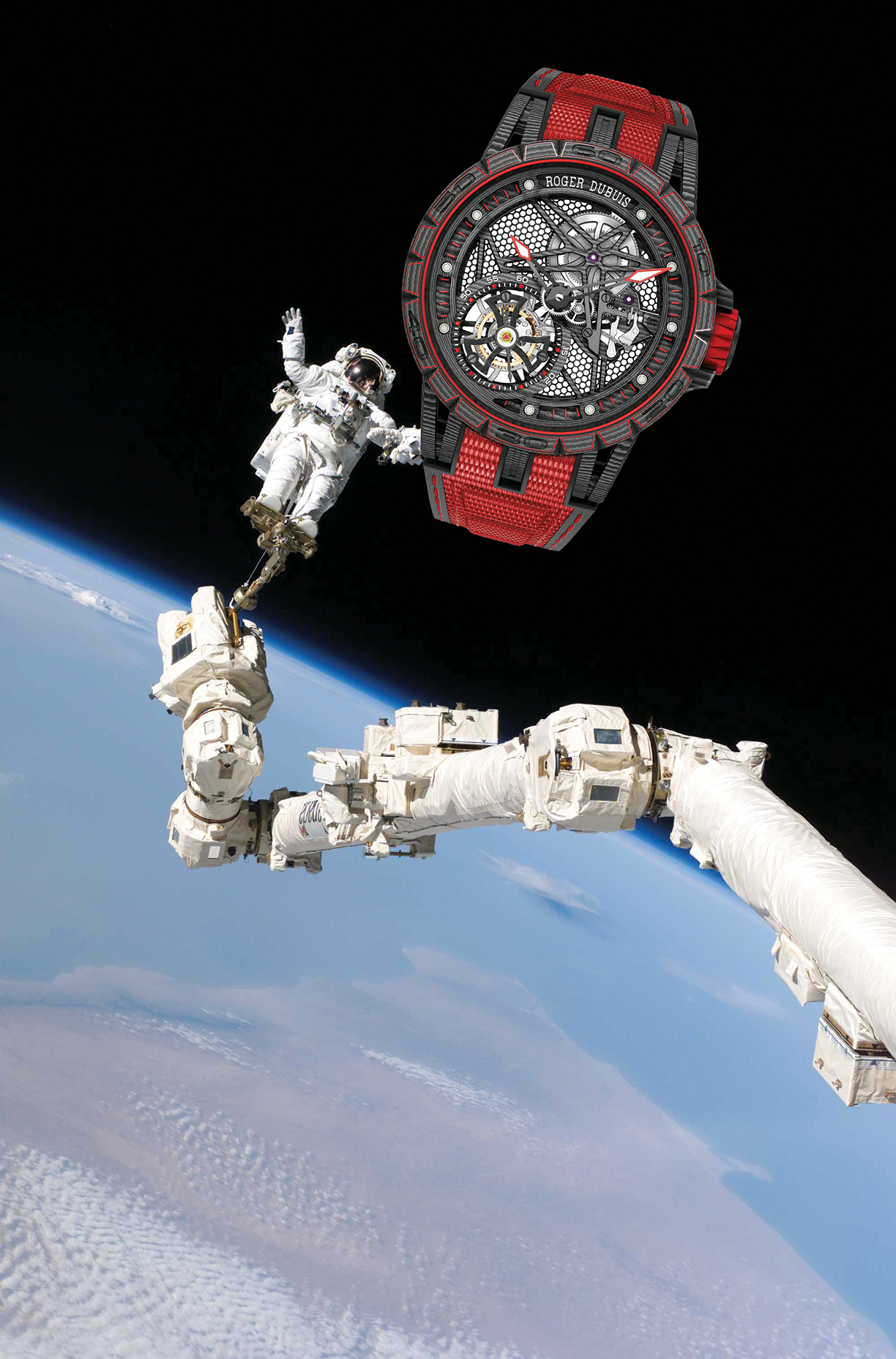
Astronaut photo courtesy of NASA; Watch photo courtesy of Roger Dubuis.
Several lightweight watches later, Richard Mille introduced the RM 50-03 McClaren F1 model in 2017, a limited edition of 75 pieces priced at $980,000. At less than 40 grams (including the strap), it became the world’s lightest split-seconds chronograph tourbillon watch. That product introduced a new nanomaterial called graphene (aka Graph TPT) that is 200 times stronger than steel but far lighter. Noting watchmakers’ proclivity to mimic machines on the race track, Adams suggests, “Timepieces are often referred to by modern watchmakers, including Richard Mille, as ‘race cars for the wrist.’”
Lightweight materials like carbon fiber and titanium have been adopted by manufacturers of mass-produced watches, brands such as Citizen and Casio, but luxury watchmakers are consistently pioneering newer, lighter materials. The carbon nano-fibers employed by Richard Mille are similar to what are used for the U.S. Air Force’s stealth bombers, and graphene is being tested by McClaren for its Grand Prix race cars. “I’ve worn many lightweight Richard Mille watches and they’re very cool,” reports Adams. “The irony is that the more lightweight they are, the more difficult it can be to present them as the mega-luxury products their prices suggest,” he adds.
Ariel Adams, whose A Blog to Watch is a leading resource for watch enthusiasts, reports, “Watch brands typically are poor at selling anything new, and thus rely on other products and industries who have already created an appetite for particular materials or themes.” He cites comfort as a prime motivation for reducing weight, stating, “There’s a very real reason why a collector might prefer to wear a watch that’s barely noticeable as opposed to a ‘gold brick on the wrist.’”
Nancy Olson, managing editor at Inter-national Watch (iW) magazine, reports, “It’s all about expanding the limits of development and design to set themselves apart within a somewhat crowded watch market, as well as, in this instance, sturdiness and comfort—particularly in the sport watch arena.” Richard Mille, arguably the trendiest brand in watches, is particularly influential in sport-themed design.
At the French Open in 2010 Richard Mille debuted the RM 027 tourbillon watch, a limited edition designed for tennis superstar and brand ambassador Rafael Nadal. Able to withstand the violent gravitational forces he produces on the clay court, the watch weighs a mere 19 grams (0.670 ounces) with its strap, thanks to a carbon-based composite. The entire movement, crafted from titanium and a high-lithium content alloy — the light yet durable lithium is used in aircraft, rockets and race cars — weighs just 3.83 grams (0.135 ounces).
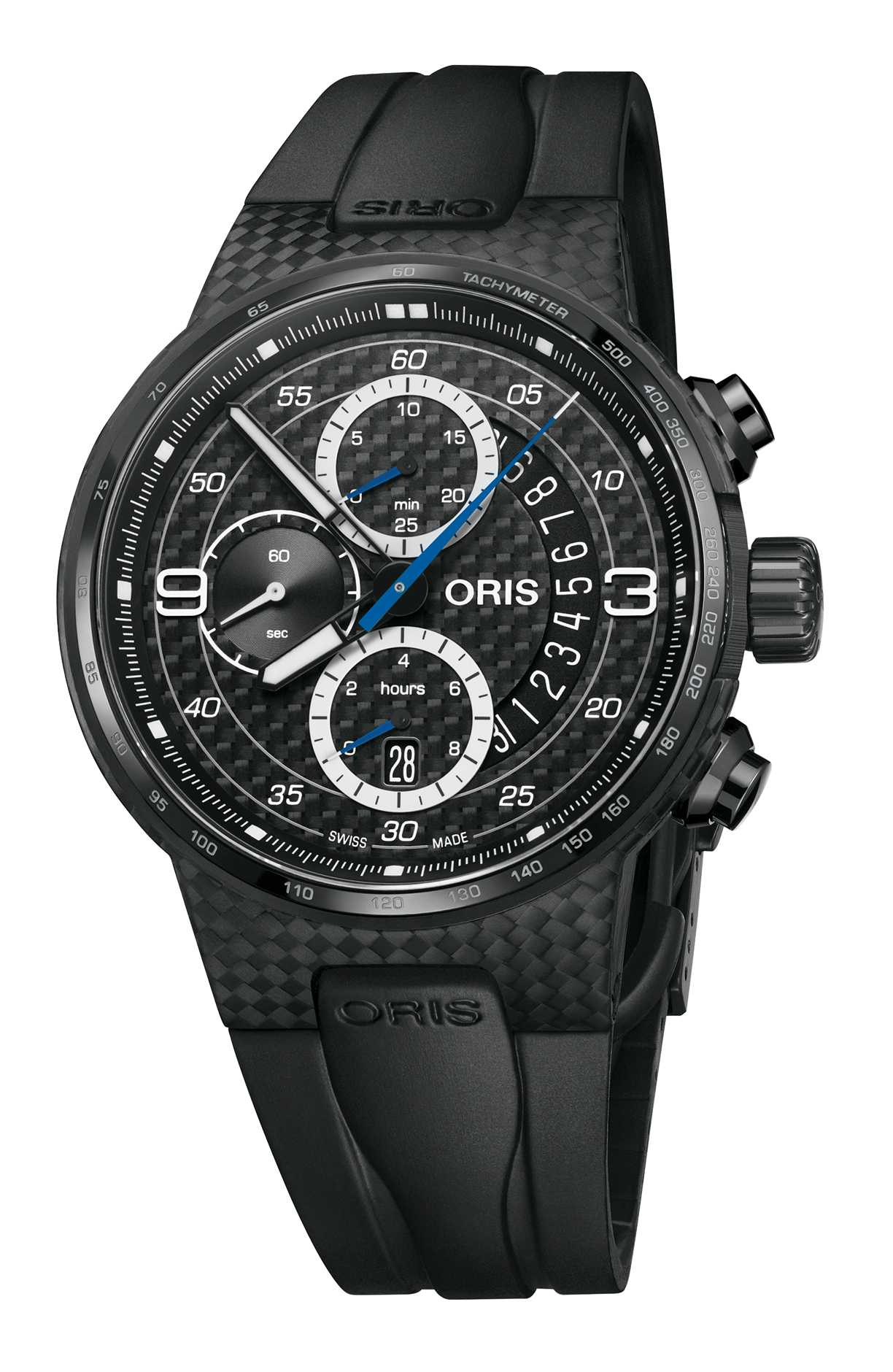
Oris Williams FW41: Limited Edition. Photo courtesy of Oris.
Richard Mille is not the only manufacturer with a connection to auto racing, and the FW41 from Oris is part of a racing-themed collection that celebrated the Williams Team’s 41st season on the Formula One circuit. The total weight of this limited edition watch, comprised largely of carbon fiber and titanium, is not disclosed but the middle case weighs in at only 7.2 grams (0.254 ounces).
Known for capitalizing on trends set by more expensive watchmakers, Oris brings greater accessibility to feather-weight watches, as the FW41 costs approximately $4,350. With its patterned black carbon fiber dial, the FW41 has a dark, sultry aesthetic, reminiscent of the aircraft that share the same materials. Roger Dubuis, which frequently collaborates with iconic racing brands Lamborghini and Pirelli, uses carbon and titanium to lighten its skeleton-style Excalibur Spider watches, both an automatic model and flying tourbillon.
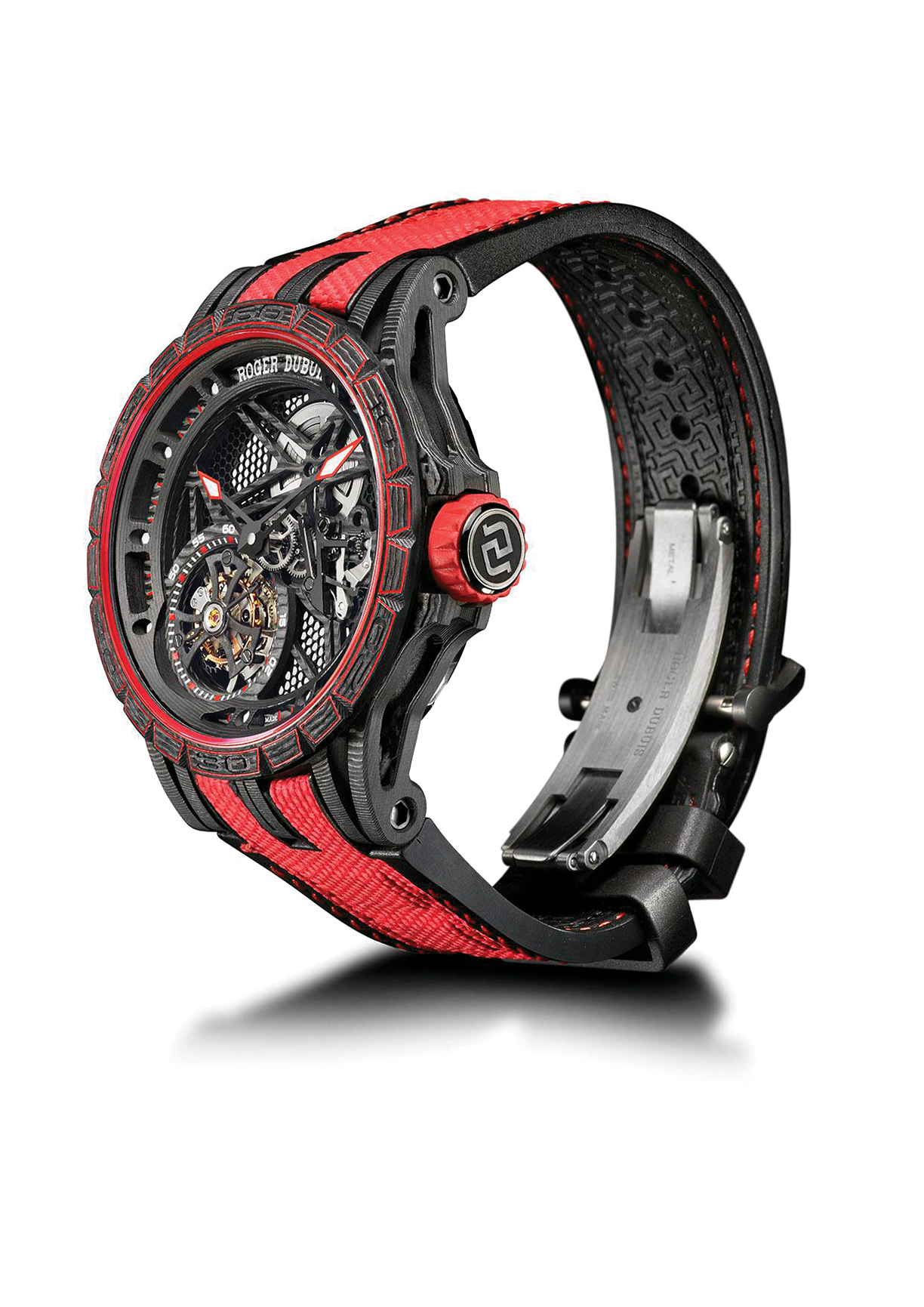
Excalibur Spider Carbon Skeleton: Flying Tourbillon RD509SQ. Photo courtesy of Roger Dubuis.
Montblanc, the legendary German manufacturer of writing instruments, is also a superb watchmaker and in 2016 it released a concept watch, the Time-Walker Pythagore Ultra-Light that weighed in at an extraordinary 14.88 grams (0.525 ounces) sans the strap. Montblanc achieved this lightness through skeletonization and the use of mineral glass, titanium and a Swiss composite material charged with car-bon nanotubes called Innovative Technical Revolutionary Resin.
For those who value a thin profile even more than lightness, the crown would go to Bulgari, which at Baselworld 2019 — the celebrated timepiece/jewelry exhibition held in Switzerland every spring — debuted the thinnest automatic wristwatch in the world. The venerable Italian brand has long specialized in ultra-thin watches and with a 3.3mm movement housed in a case just 6.9mm thick, Bulgari’s razor-thin Octo Finissimo Chronograph GMT is the company’s latest achievement in condensing complex mechanisms.
Ariel Adams cautions that thin watch engineering differs from lightweight watch engineering in significant ways. “Thin watches tend to be a lot more diffcult to make because you aren’t just working with materials but also tolerances and moving parts that need to go next to one another,” he explains. While the Octo Finis simo secures a new title for Bulgari, Piaget (another specialist in slender timepieces) holds the record for mechanical watches. “While thin watches can also be lightweight, appreciating the effort that’s required to make them is an entirely different discussion,” insists Adams.
Nancy Olson, who professionally observes the often-fickle trends in watch-making, does not dismiss the flight-to-light or thin-is-in movements. “A trend always leaves something behind, even when the expression of it evolves,” she states, adding, “Every milestone in watchmaking changes the whole in some way.”
Light & Lean
Bulgari- www.bulgari.com
Montblanc- www.montblanc.com
Oris- www.oris.ch
Piaget- www.piaget.com
Richard Mille- www.richardmille.com
Roger Dubuis- www.rogerdubuis.com
Resources
A Blog to Watch- www.ablogtowatch.com
International Watch- iwmagazine.com
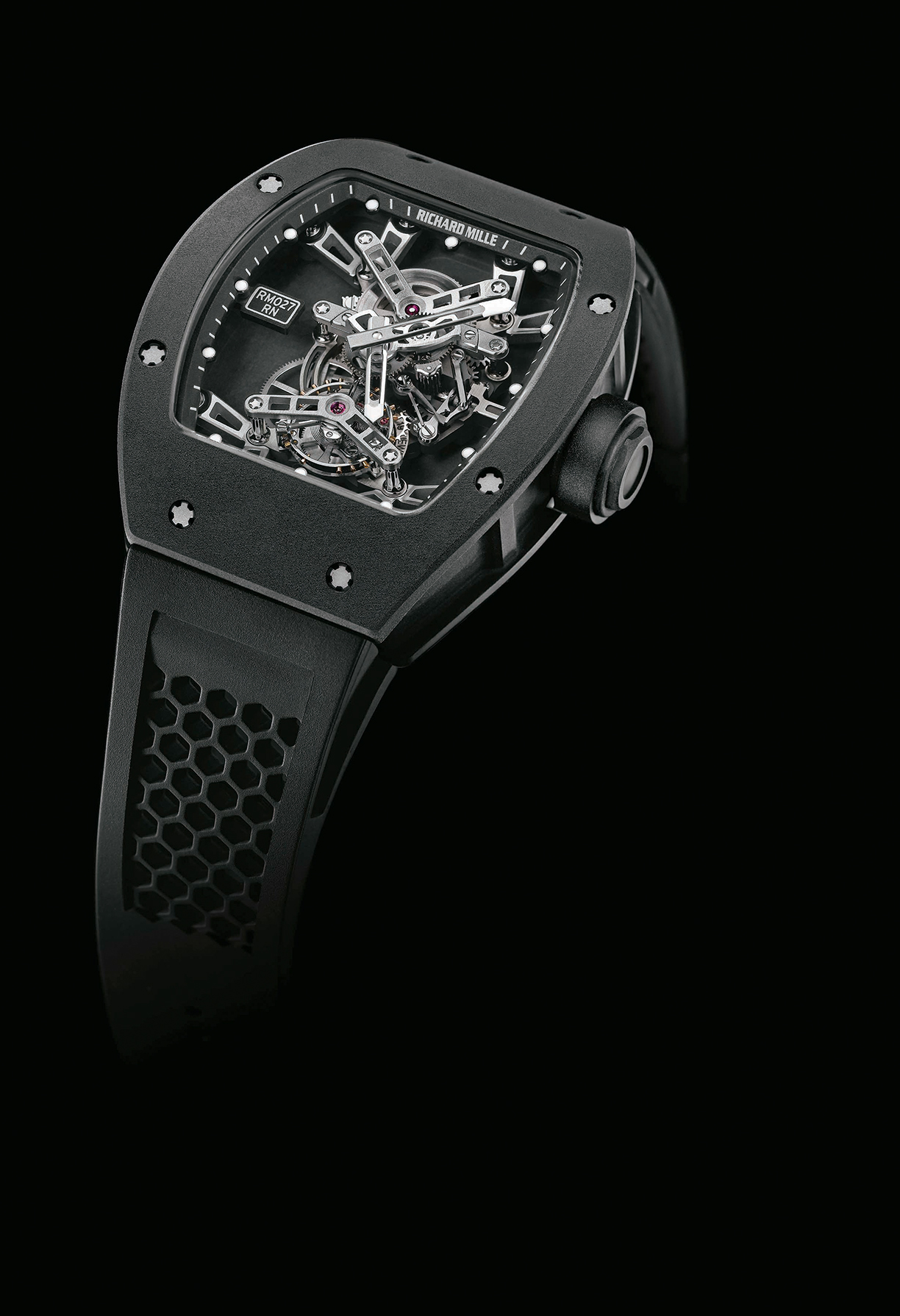
Richard Mille RM 027 Tourbillon – Rafael Nadal.
Photo courtesy of Richard Mille.

The Run To Ibiza
Roger Dubuis has created “The Run To…,” a series of extraordinary supercar adventures, with the signature drive concluding at the Monaco Grand Prix. Participants pass through unrivaled natural beauty in the world’s finest automobiles, enhanced with fine cuisine, lavish accommodations and world-class entertainment. The glamour of these journeys fuel the company’s inspired watchmaking. Photo courtesy of The Good Life Inc.
Whether it’s designer fashion from Paris, colorful fabrics throughout India or architecture in The Hamptons, interior designer Birgit (“Bee”) Klein is constantly drawing inspiration from destinations across the globe. From an elegant estate on the East Coast to an old world-style apartment in Paris, Klein brings a unique perspective to the design world with Birgit Klein Interiors. The Beverly Hills, East Hampton and London-based interior design firm is driven by Klein’s European roots as well as her unwavering dedication to beautiful design.
When did you first discover your passion for interior design?
I started out working for a large corporation looking after major international corporations and managing portfolios worldwide. After many years of traveling and managing these portfolios, I was so run down. I starting helping my boyfriend at the time who was a property developer in London, and I loved it so much that I decided to give up my work and go back to the drawing board. I began to study interior design at the KLC School of Design in London. That was the best decision I’ve ever made. After studying, I started working for a few well-established interior designers. In 2005, I decided that I wanted to start my own company. As hard and daunting as it was at the beginning, I’ve never looked back.

What makes Birgit Klein Interiors and its designs stand out from other firms?
I often get hired because of my European roots, and due to the fact that my interiors are “less American.” I still have a lot of contacts in Europe — particularly in London and the U.K. to purchase furniture or antiques — and I continue to bring the European style across in my designs.
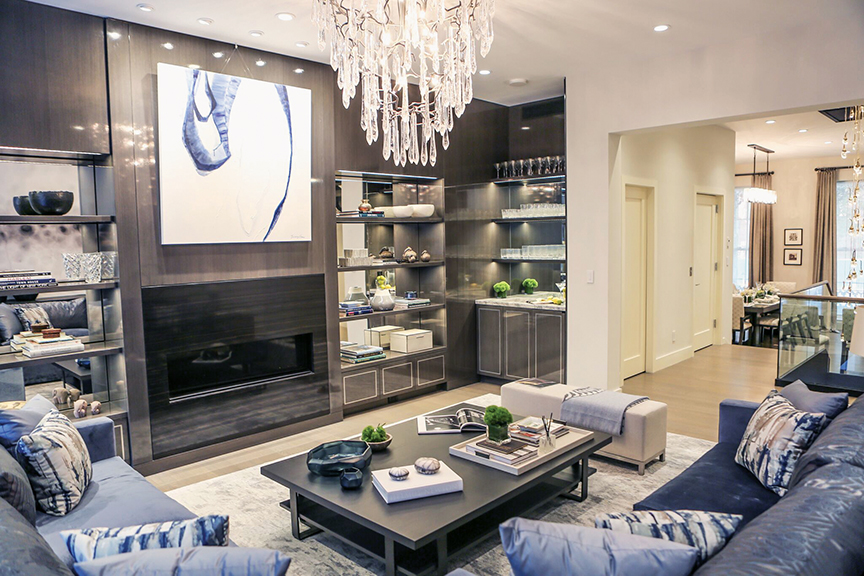
“The key to this space is the high-gloss lacquer built-ins that create a focal point. But everything is seamlessly integrated into one unit, so it doesn’t feel overpowering,” Klein explains.
How have your travels inspired your work?
During my travels, I am always so inspired — whether it’s walking through a department store, strolling through the city streets, looking at how the locals are dressed, or admiring architecture, hotels and exhibitions. I think traveling is so important for all interior designers because that is where we get a lot of inspiration.
I am inspired by design styles, materials and colors that are used in different countries. I find flower shops particularly interesting because Mother Nature has given us so many beautiful color combinations that I would not have necessarily thought about. Then, when I get projects — whether it is on the East Coast, West Coast or in Europe — I am always thinking about the things I’ve seen.
Designed to reflect a growing family, this cozy breakfast nook allows for relaxed and easy living.
What are some of your favorite regions in which to design?
I love designing homes in The Hamptons. There is just something special about the light. I also love the nature and the architecture there. I love everything about The Hamptons. I always want a reason to visit. I also really love designing homes in Montecito and London.
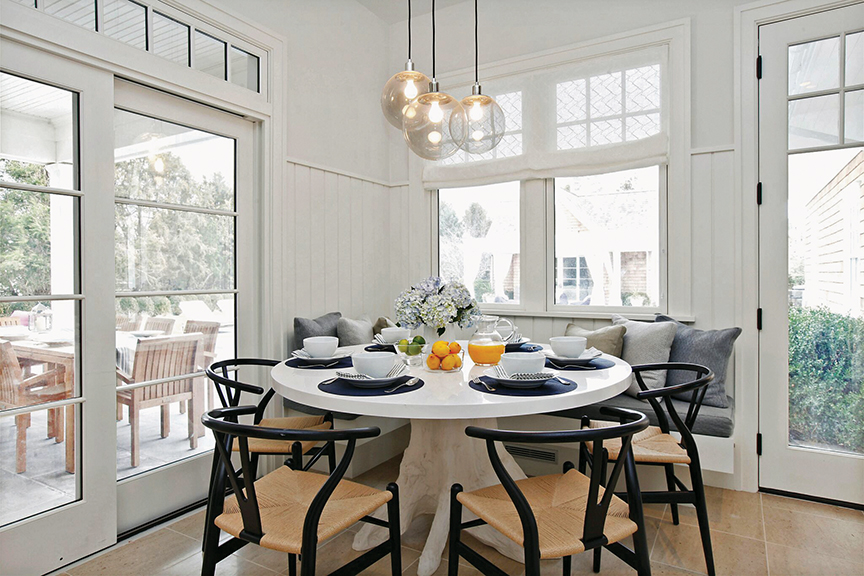
How do you get to know your clients, and how do you ensure they are represented in your designs?
It really depends on the client, and how well they know their style. If I have a client that knows what they want, I usually ask about inspirational images and I have a conversation with them to get a better understanding of what they like about these images. I try to understand how they would live in the home as a family. If I have a client that does not really know what they like, it is a bit more challenging. In these cases, I sometimes feel like a detective…. We will spend weeks gathering inspirational images and see where it takes us.
I want my client’s personality to be visible in the space, but, at the same time, I try to push them to be open to new ideas. It is really important that you have a client that gives you direction, but allows you to take it somewhere.
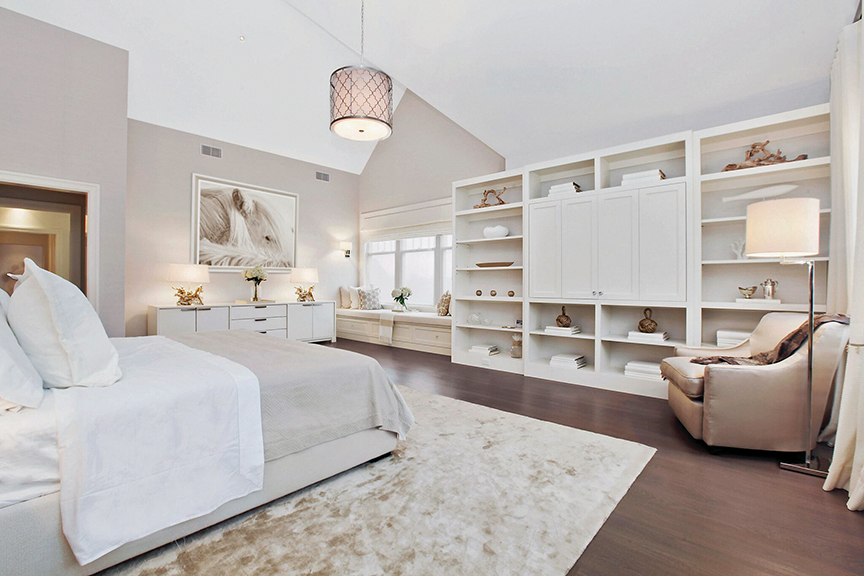
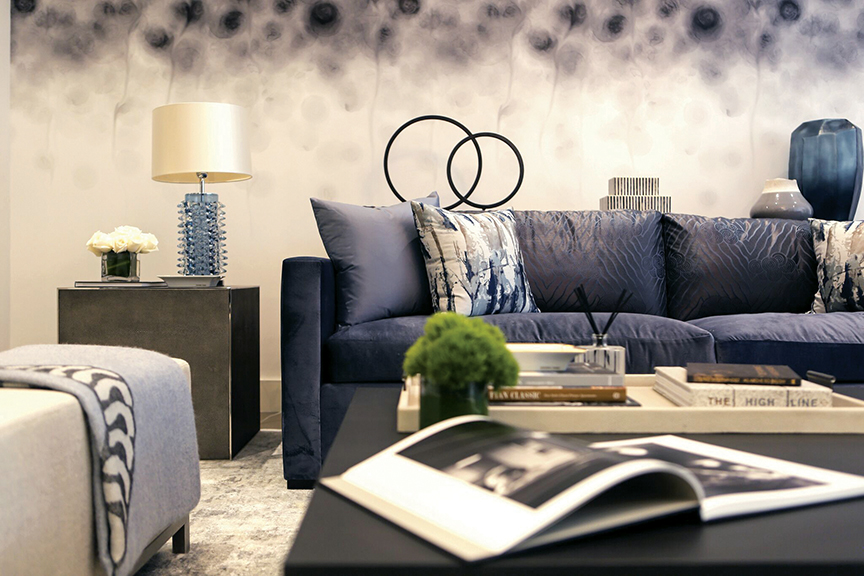
“The key to this space is the high-gloss lacquer built-ins that create a focal point. But everything is seamlessly integrated into one unit, so it doesn’t feel overpowering,” Klein explains.
You follow three key design principles — ensuring that spaces flow well together, considering the home’s geographic location, and creating timeless interiors — can you talk more about this?
When talking about flow, I always look at the house as a whole. The rooms need to flow and there needs to be a common theme throughout the house, especially as open-plan living has become so popular in recent years.When talking about flow, I always look at the house as a whole. The rooms need to flow and there needs to be a common theme throughout the house, especially as open-plan living has become so popular in recent years.
A home’s geographic location also makes a big difference in how we design it. A house that is located next to the ocean is going to be designed very different than an apartment in Paris or a townhome in New York City. You have to think about the privacy, lights, colors and what the house will be used for.
Creating timeless interiors is probably the most important out of the three principles. I have many clients who tell me how much they still love our designs eight or 10 years later. I like designing homes that feel comfortable, but elegant and luxurious at the same time. There is nothing worse to me than not being able to sit on a piece of furniture, or for the home to feel like a museum. It is really important that the spaces we design feel good to live in.
Photos courtesy of Brigit Klein Interiors.
A stunning penthouse at Quay Tower — the new luxury high rise designed by LA-based Marmol Radziner on the Brooklyn Heights waterfront — just sold for more than $20 million, setting a new record for the most expensive home sale in Brooklyn history.
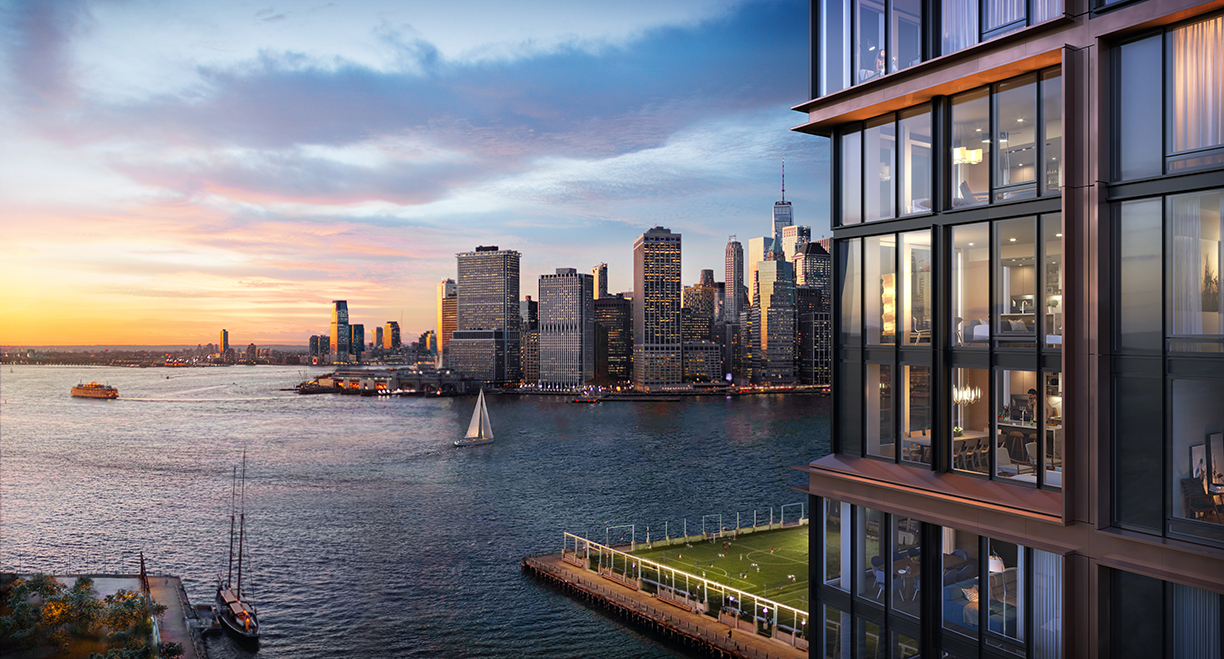
This is the first time Marmol Radziner has brought its California modernist aesthetic to New York City — the firm is best known for renovating iconic mid-century modern homes out west, including the famous Kaufmann House in Palm Springs.
With Quay Tower — and this penthouse in particular — Marmol Radziner creates a similar modernist experience of living in a home surrounded by nature. With tranquil views of the East River and New York Harbor, it’s easy to forget you’re in a 30-story structure in New York City.
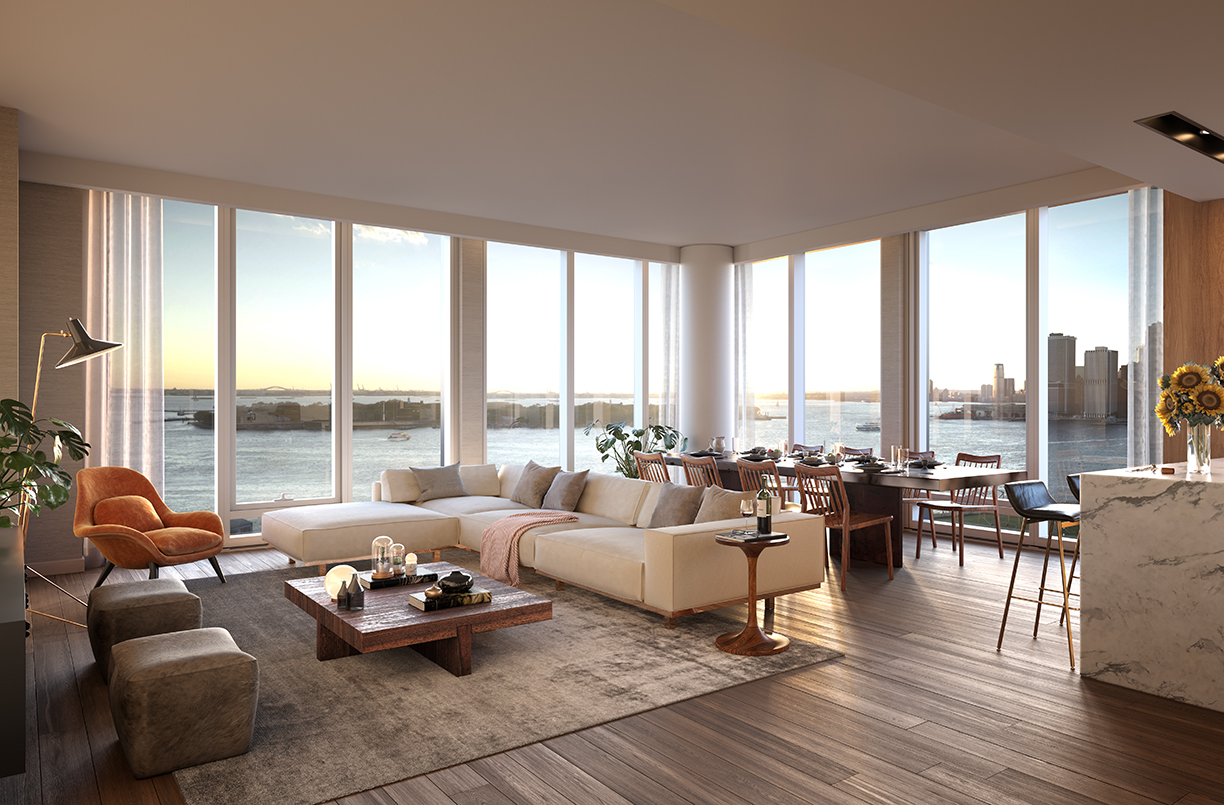
Despite its elegant, modern design built with high-quality and natural materials, the ultra-luxe penthouse is meant to be lived in and loved. In the living room, a fireplace creates an intimate and inviting gathering space with stunning views of Manhattan.
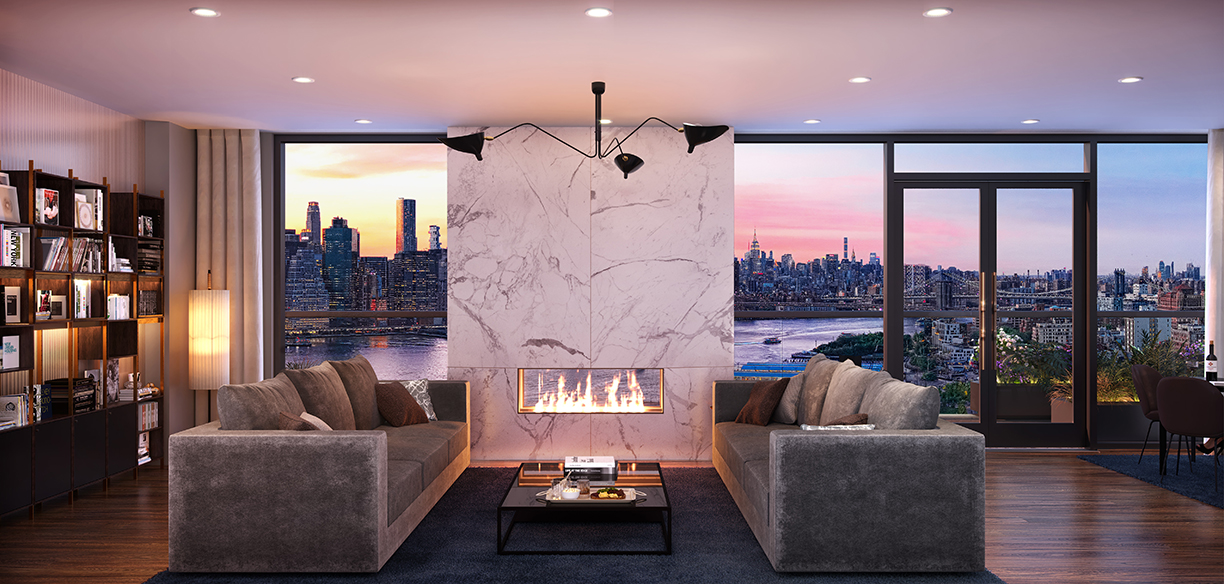
The record-setting home combines two penthouses at the top of the building to create one incredible mansion with five-plus bedrooms and 7,433 square feet of living space, as well as a private 1,179-square-foot terrace.
A balance of intimacy and openness, indoor and outdoor and modernist meets warmth is tough to strike in a high-rise, and that is the real triumph of Marmol Radziner’s vision for Quay Tower.
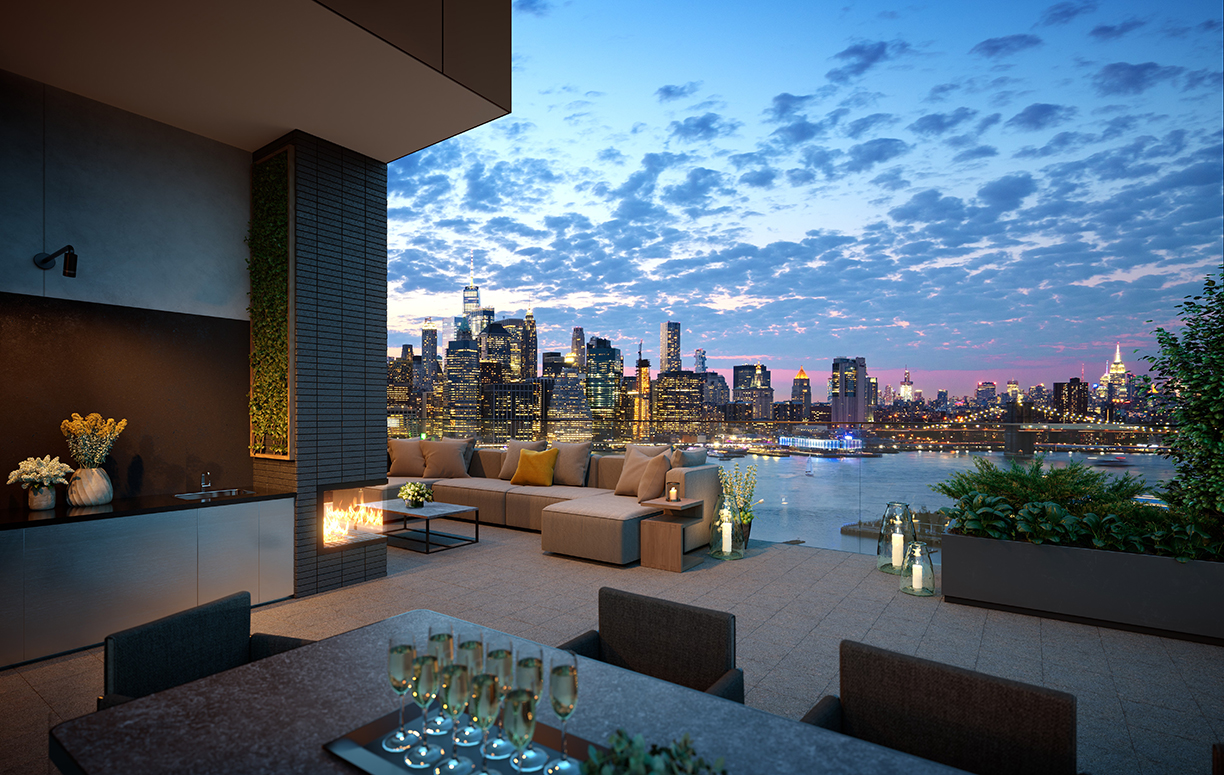
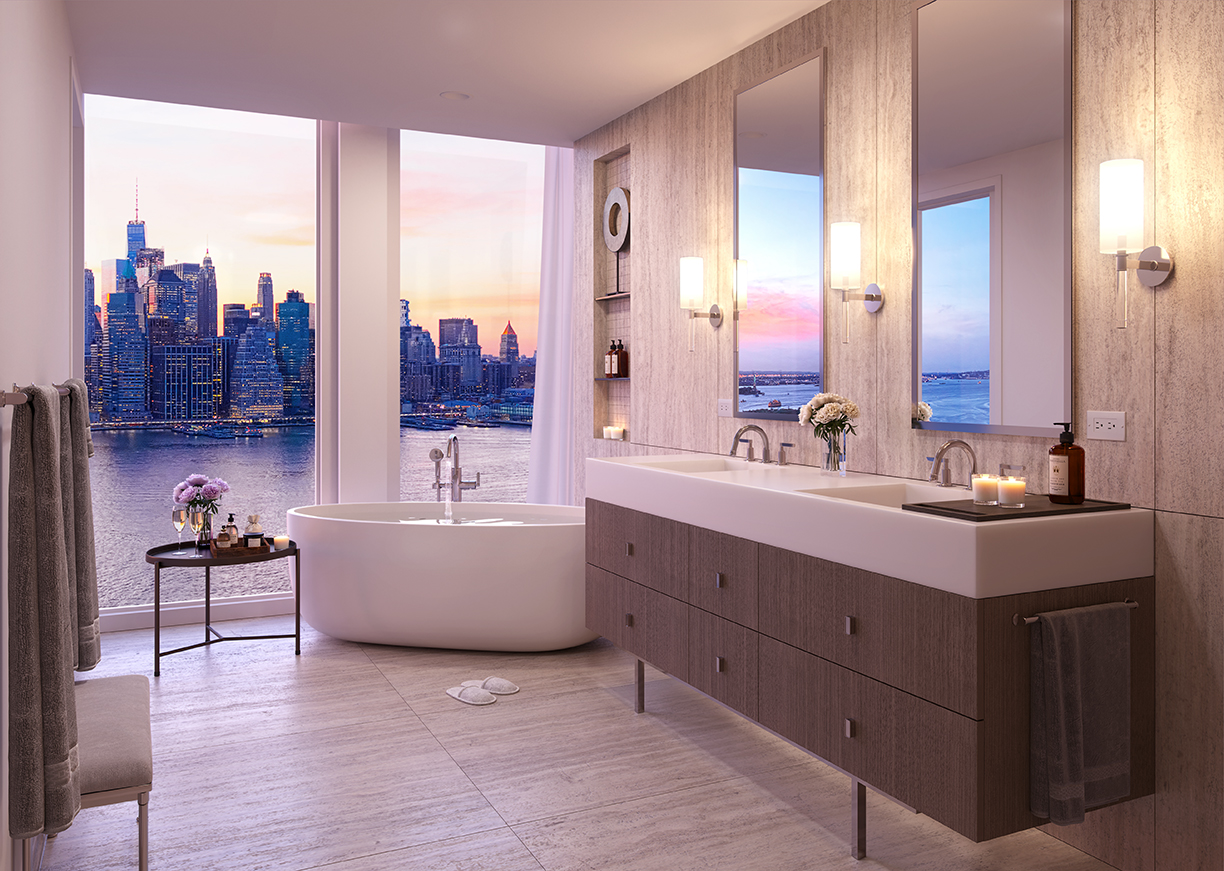
Photos courtesy of Allison Walker.
W Costa Rica, Reserva Conchal will feature two properties — the townhomes of Aromo and the Llama del Bosque — both of which include professional services, first-class amenities and an iconic and contemporary design.
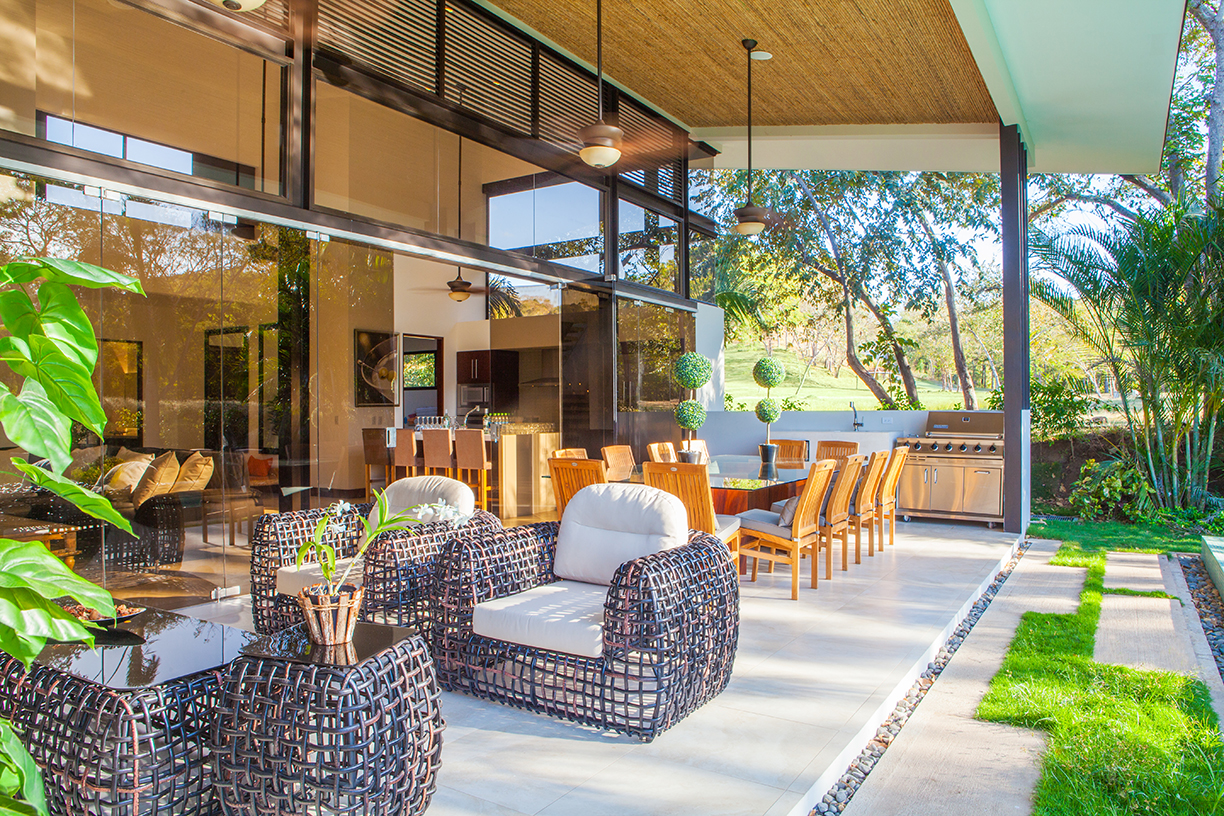

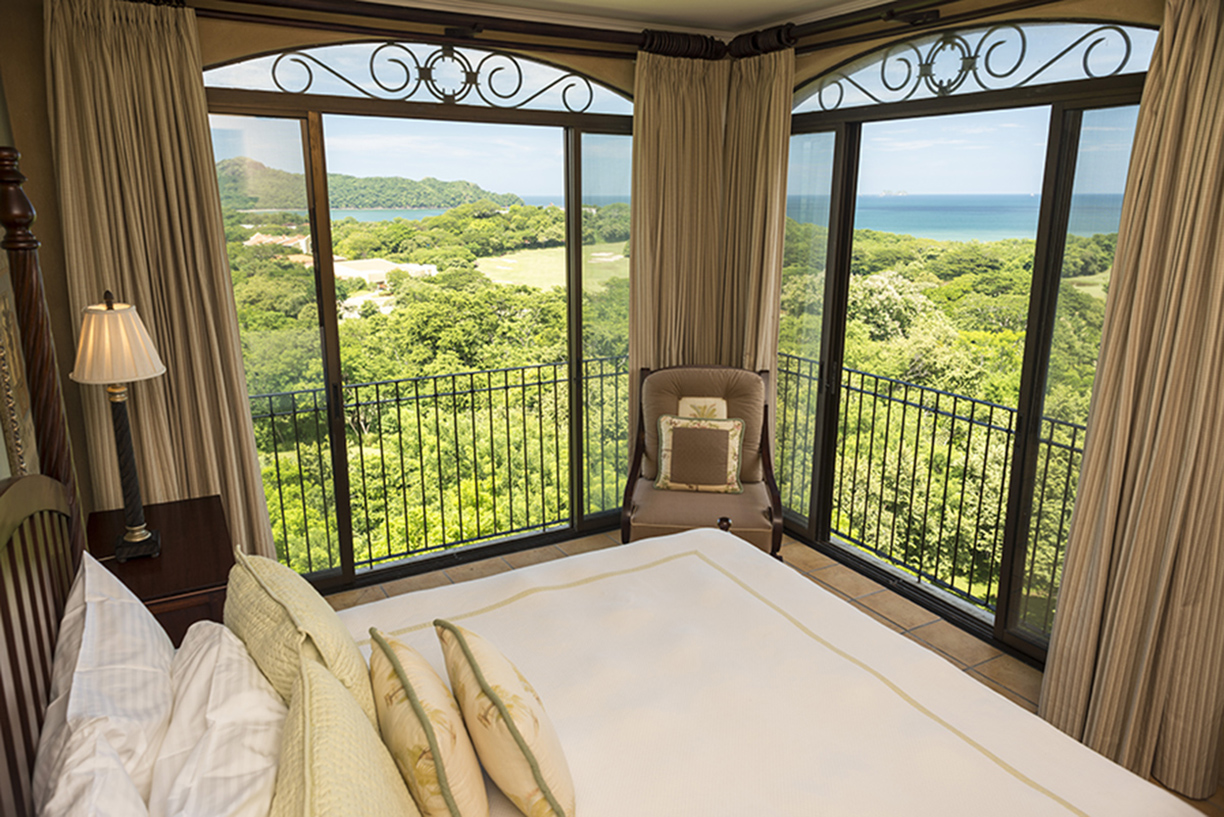
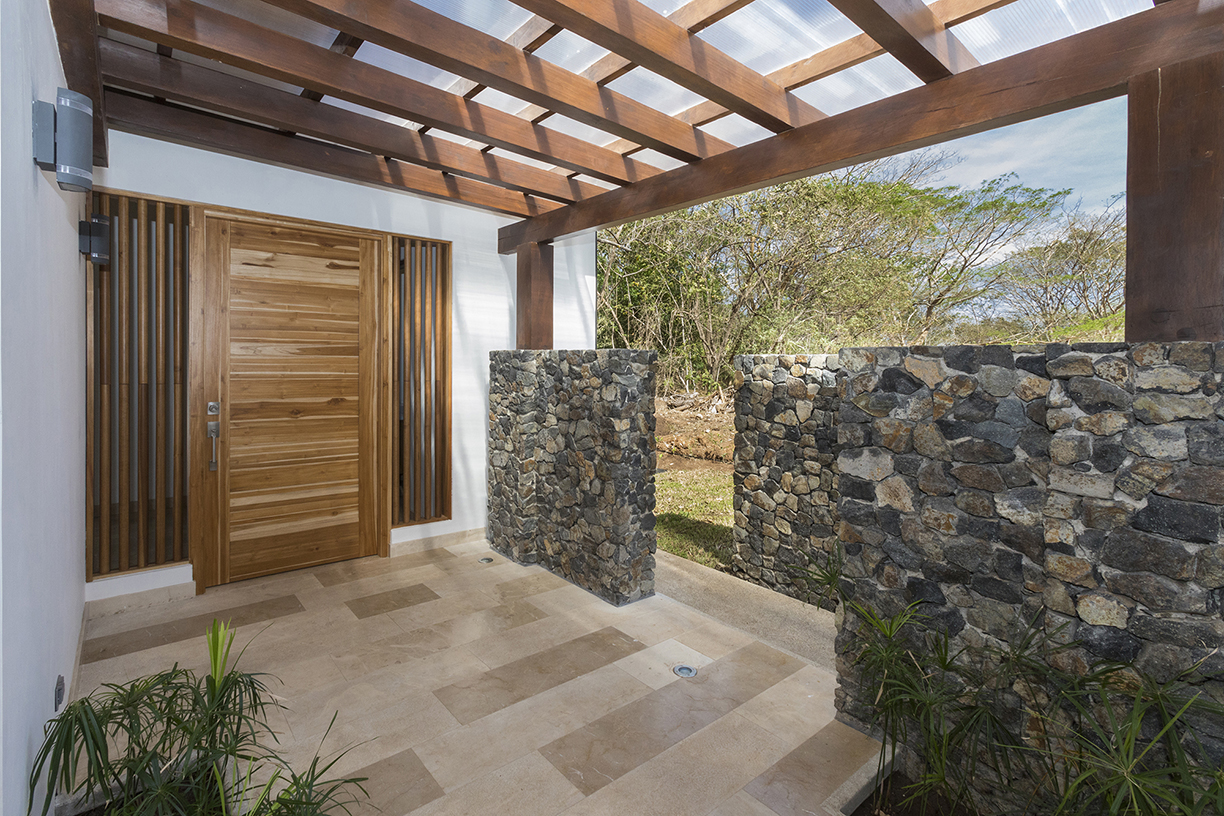
Desarrollos Hoteleros Guanacaste S.A., a subsidiary of Florida Ice and Farm Company S.A., announced that it intends to develop W Hotels in Guanacaste, Costa Rica. The W Costa Rica, Reserva Conchal is anticipated to open in early 2019.
With destinations in outstanding locations throughout the world, W Hotels merges the high-design aesthetic and boutique spirit of an independently owned hotel with the attentive, professional service, amenities and dependability of a first-class business hotel. Each W Hotel is distinctively inspired by its surroundings, infusing cutting-edge design, décor, cuisine and ambiance with authentic local influences.
The new W Hotel will be developed in Reserva Conchal, one of the most exclusive mixed-use developments of Costa Rica, and it will be operated by Starwood Hotels & Resorts as per the terms and conditions of the operation agreement executed between Starwood and DHG.
The townhomes in Aromo and the Llama del Bosque are the new properties that will be featured in W Costa Rica, Reserva Conchal. In the Llama del Bosque, guests are minutes away from several restaurants, the Beach Club and the heart-stopping beauty of Playa Conchal’s white sands. The residential component of the property is incorporated into a condominium infrastructure, which guarantees harmony and design continuity throughout the neighborhood. The iconic design and contemporary luxury of both properties will set the stage for an extraordinary experience at W Costa Rica, Reserva Conchal.
Amenities will include 151 guestrooms, the “W Living Room” lifestyle lounge, specialty restaurants, a destination bar and lounge, a fitness center, natural trails for biking and hiking, tennis courts, an infinity edge pool, a spa and meeting space. Unique promotions, exclusive partnerships and signature Whatever/Whenever® service will set W Costa Rica, Reserva Conchal apart as a place to work in comfort, play in style and escape the average hotel experience.
Photo courtesy of Reserva Conchal














